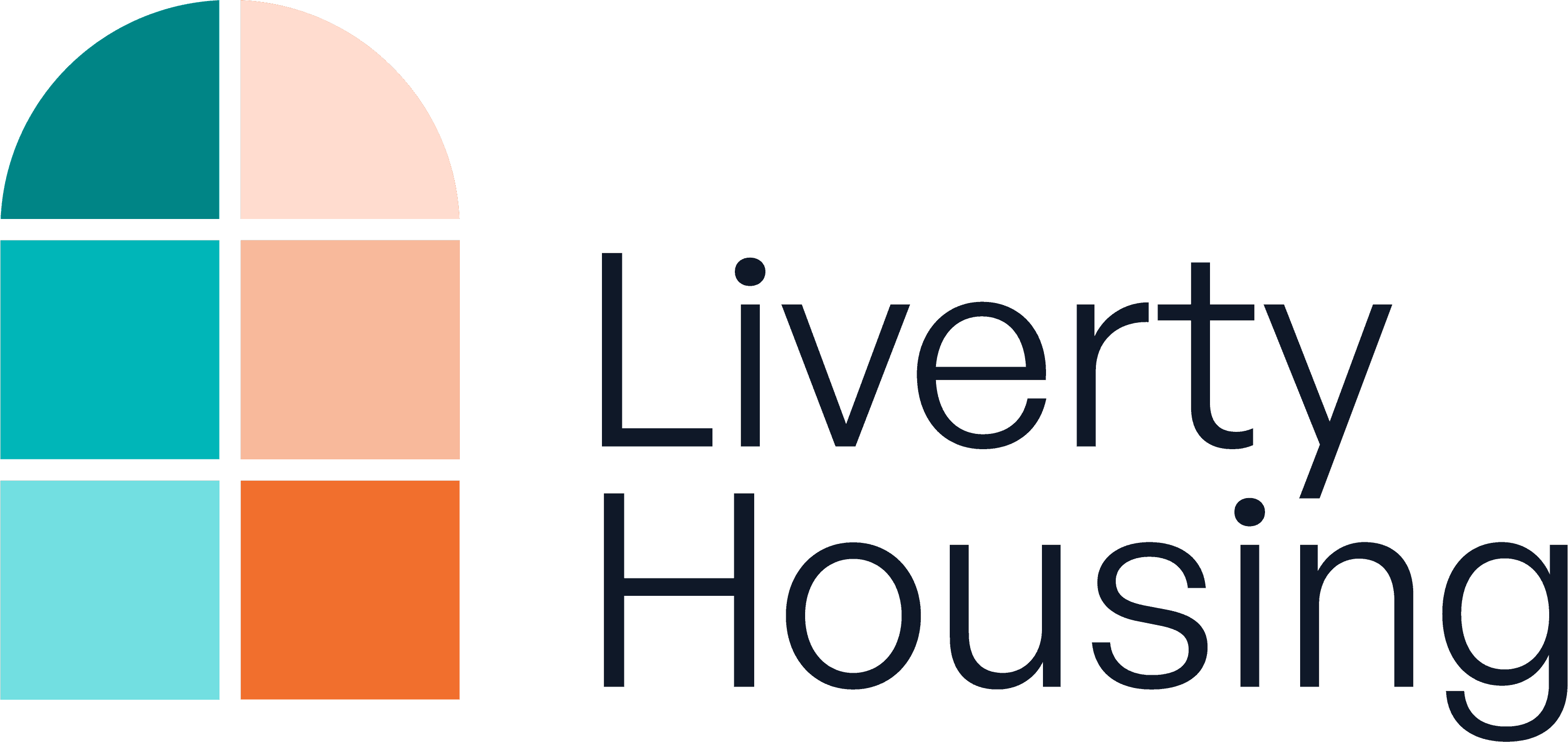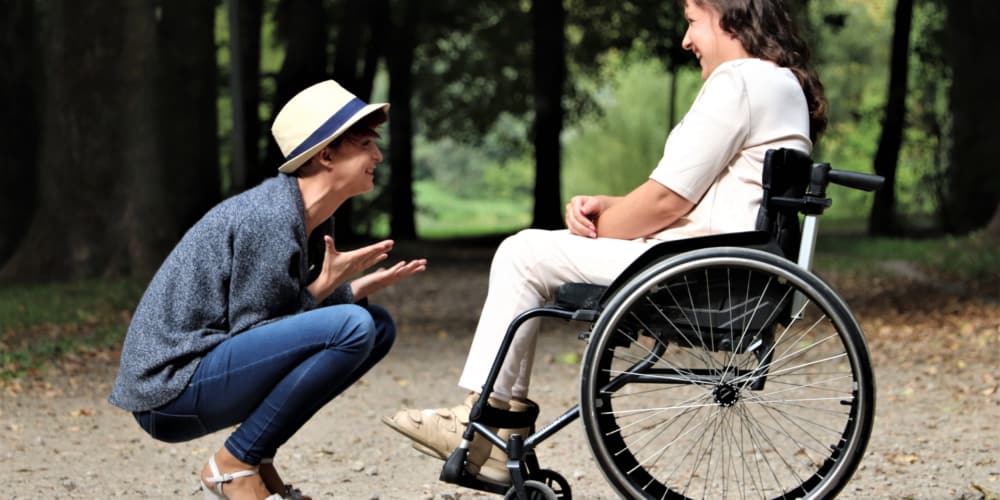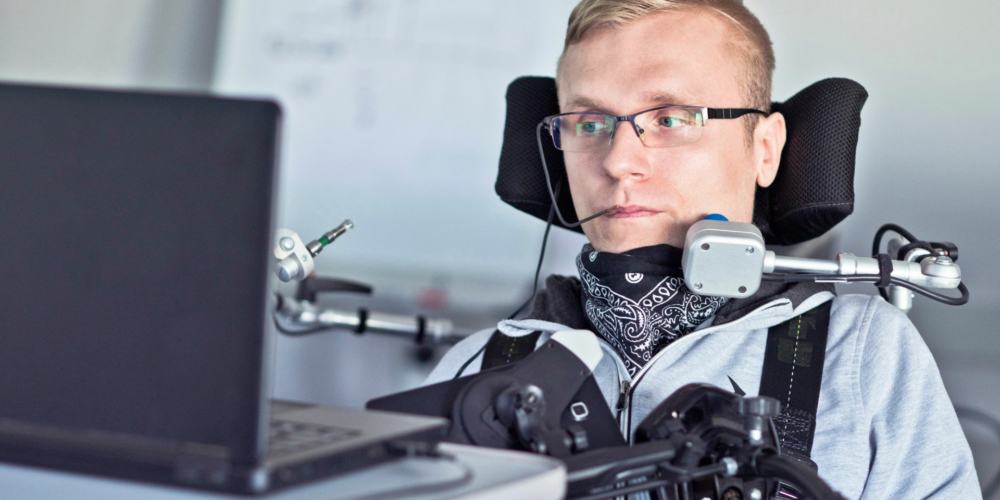
04 March 2024
The Latest Trends in Assistive Technology for People with Disability.
In today’s digital age, assistive technology (AT) is revolutionising the way individuals with disability navigate their daily lives. From smart devices to cutting-edge innovations, the landscape of assistive technology is constantly evolving to provide greater independence and accessibility. In this blog post, we will explore the emerging types of assistive technology that are empowering people to live more independently and inclusively.
Wearable Technology
Wearable technology is increasingly making its mark in the realm of assistive devices for individuals with disability. Smartwatches equipped with accessibility features such as voice commands, vibrating alerts, and customisable displays are proving to be invaluable tools for users with visual or hearing impairments. Wearable devices can also monitor health metrics, provide navigation assistance, and facilitate communication.
Brain-computer Interfaces (BCIs)
Brain-computer interfaces (BCIs) are cutting-edge technologies that enable individuals to control computers, prosthetic limbs, and other devices using their brain signals. BCIs hold immense potential for individuals with severe physical disability, such as spinal cord injury or paralysis, allowing them to communicate, operate electronic devices, and interact with the world around them through brainwave patterns. As BCIs continue to advance, the possibilities for enhancing independence and communication for individuals are limitless. – Looking forward to seeing how technology in this space advances over the coming years.
3D Printing
3D printing has emerged as a game-changing technology in the field of assistive devices, offering customised solutions for individuals with disability. Prosthetic limbs, orthotic devices, adaptive tools, and even customised wheelchair components can be designed and produced using 3D printing technology, providing a cost-effective and personalised approach to assistive technology. The flexibility and versatility of 3D printing enable users to tailor devices to their specific needs and preferences, fostering greater comfort and functionality in their everyday lives.
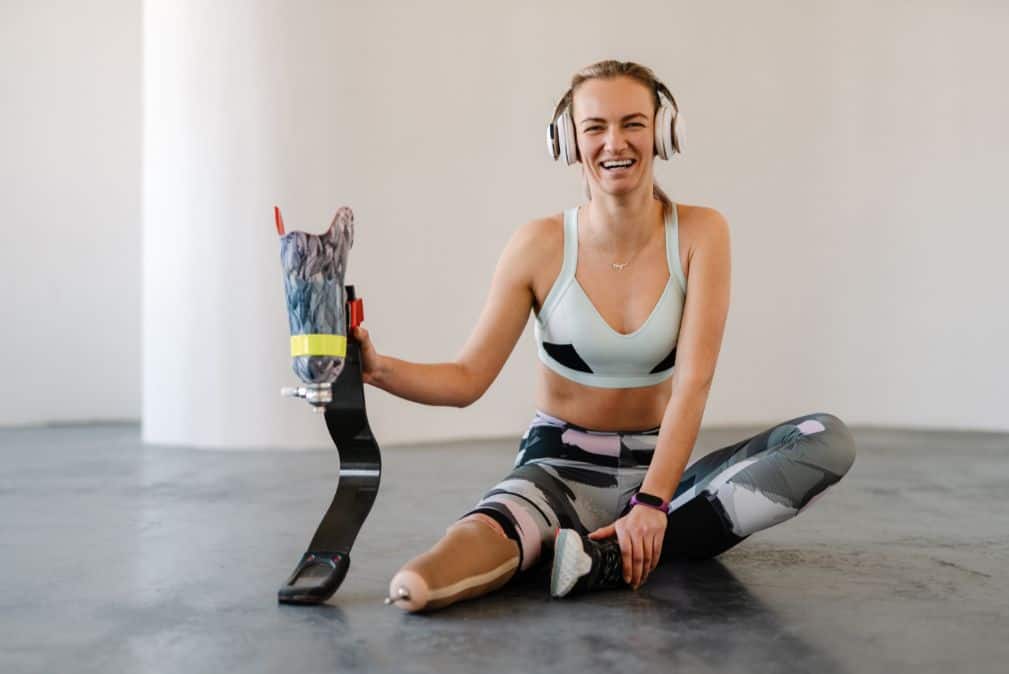
Internet of Things (IoT) Devices
The Internet of Things (IoT) is transforming the landscape of assistive technology by connecting devices and enabling seamless communication and control. Smart home devices, such as voice-activated assistants, smart thermostats, and automated lighting systems, can be integrated to create an accessible and adaptive living environment for individuals with disability. IoT devices offer convenience, independence, and safety by allowing users to control their surroundings with simple voice commands or through mobile applications.
Virtual Reality (VR) and Augmented Reality (AR)
Virtual reality (VR) and augmented reality (AR) technologies are being harnessed to create immersive and interactive experiences for individuals with disability. VR simulations can provide training and rehabilitation for individuals with mobility impairments or cognitive challenges, while AR applications can offer real-time assistance and guidance in navigating physical environments. These technologies have the potential to enhance mobility, communication, and cognitive skills, opening up new possibilities for individuals with disability to engage with the world around them.
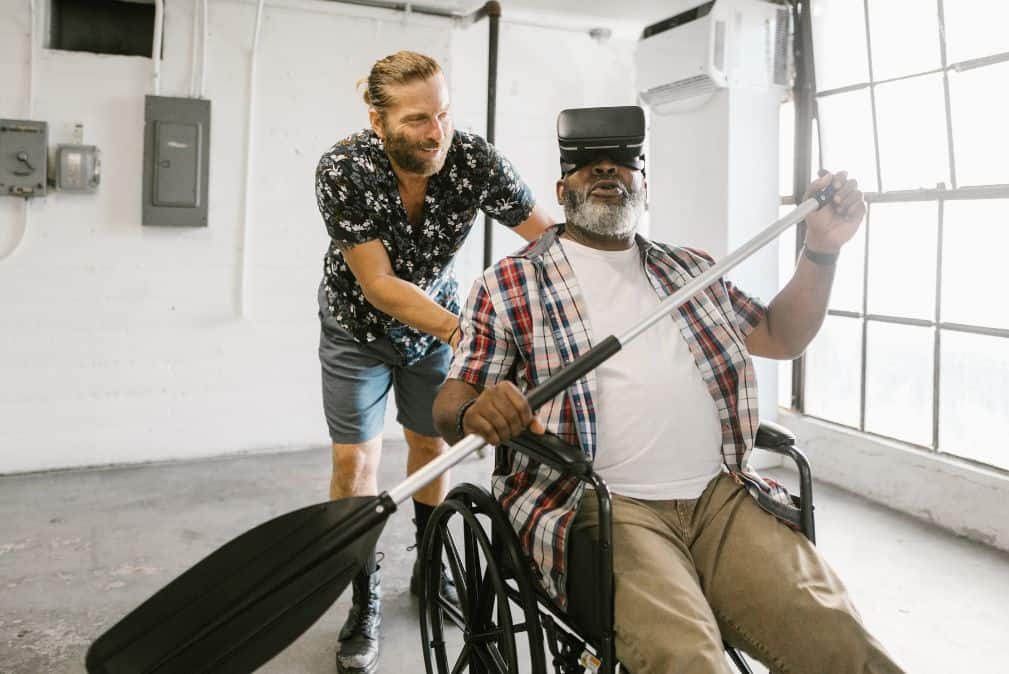
Artificial Intelligence (AI) Assistants
Artificial intelligence (AI) assistants are revolutionising the way individuals with disability access information, communicate, and perform tasks. AI-powered virtual assistants, such as Siri, Alexa, and Google Assistant, can assist users with a wide range of functions, from setting reminders and sending messages to controlling smart home devices and providing real-time information. These AI assistants offer personalised support and accessibility features that cater to the specific needs of users with disability, enhancing their independence and efficiency in daily activities.
The rapid advancements in assistive technology are reshaping the landscape of accessibility and independence for individuals with disability. From wearable technology and brain-computer interfaces to 3D printing and Internet of Things devices, the emerging types of assistive technology are empowering individuals to overcome barriers. By embracing these innovative solutions, we can create a more inclusive and equitable society where individuals of all abilities have the tools they need to thrive. As technology continues to evolve, the potential for enhancing independence and accessibility for people with disability is truly limitless.

Contact Liverty Housing today
At Liverty Housing every door opens a world of choice, independence, and community. Our homes go beyond physical spaces- they’re places that speak to your individuality and welcome you home, where you can relax and be yourself. To see how we can help you become a part of our inclusive and empowering environment, contact us today.
Contact Us